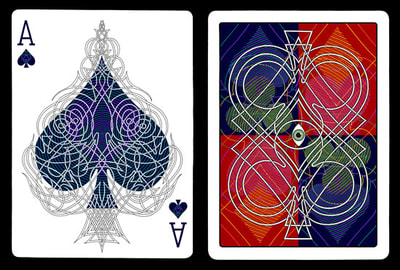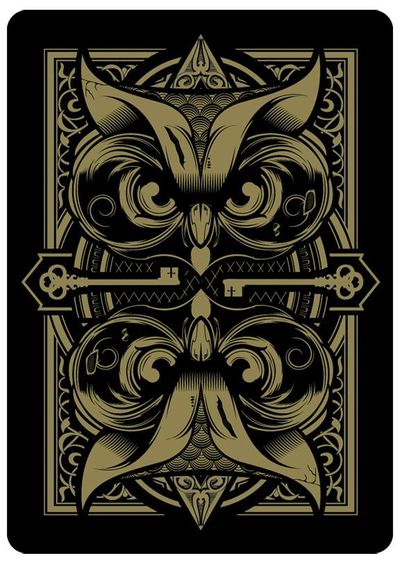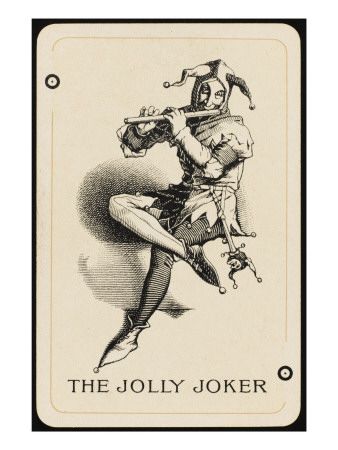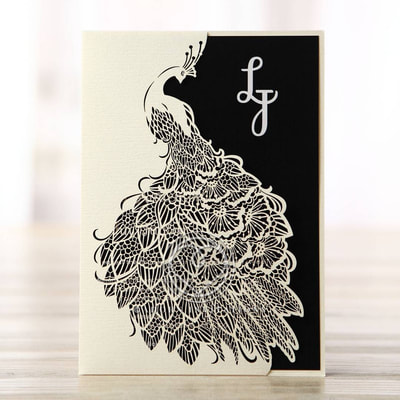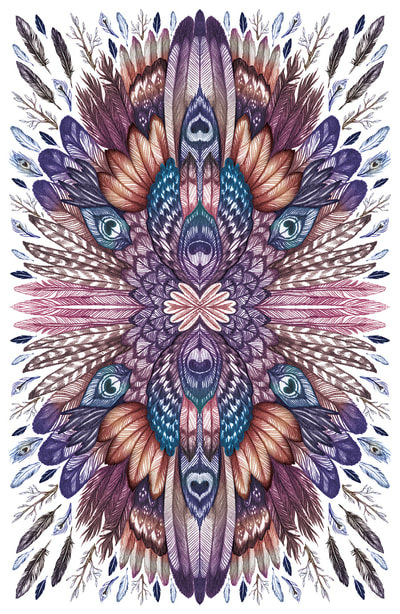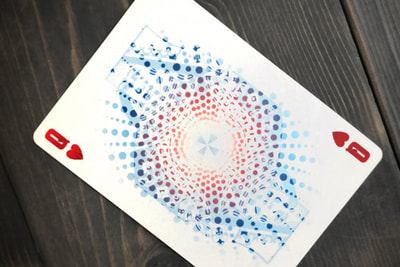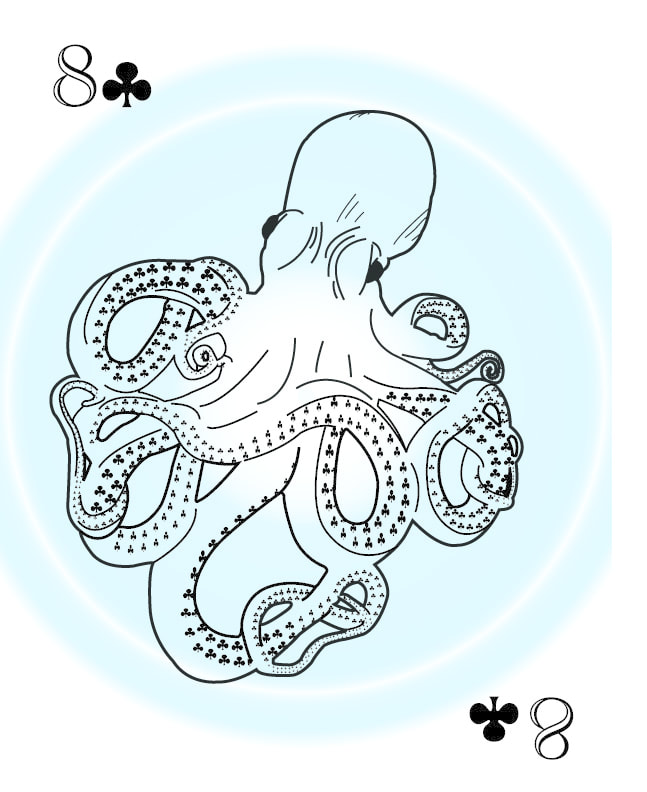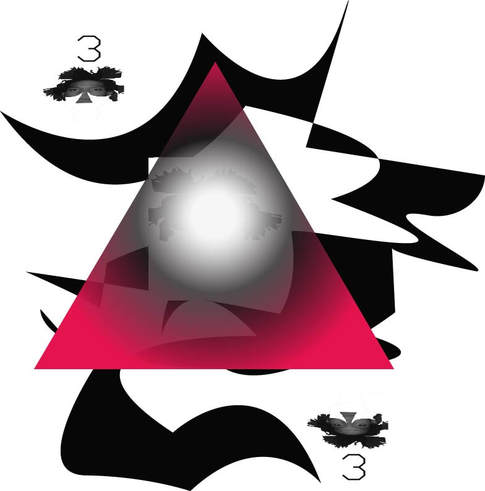The History of Playing Cards
|
Playing cards are believed to have originated in China during the 9th century AD and spread to India and Persia, and then Egypt, and Europe during the late 14th century. Playing cards were hand painted artworks for the wealthy whose images portrayed a reflection of society.
The artwork began by depicting romances, fables, and scenes from daily life and later evolved as a way of ideologies, information, and propaganda to spread. When printing technologies began to flourish, cards became more common but were also being banned in many places. Authorities believed cards promoted gambling, social disorder, and moral corruption. However, this did not prevent cards from being created. The evolution of cards began as a game and admiration, but were transforming towards religious purposes, telling the future, and educational purposes. To this day, artists worldwide continue to design playing cards as a way to illustrate modern society. |
Playing Arts is a collective project where designers and illustrators worldwide express their visions via ordinary playing cards.
Click on the Playing Arts button to check out thousands of artists, their inspiration, their brainstorming process, and their designs > ________________________________________________ This is a great video to watch and pick up extra tips using the pen tool in Illustrator > _______________________________________________ For this project, you will choose a playing card at random and will re-design the card to reflect on today's society. It can reflect pop culture (music, celebrities, the news, technology) OR it can relate to characters, books, movies, and everyday life.
Before designing our card, we will be learning about some important elements used to create a successful design, such as Balance, Line, & Shape as well as some research & brainstorming in our DO NOW Portfolio |
|
Balance:When we talk about balance in art, we are not referring to how well one can stand on one foot and draw us a picture. Balance in an artwork refers to the stability and the weight of the piece. If every object in a still life painting is on the left side and nothing is on the right, it will look off balance, or asymmetrical. If you were to create a portrait of someone, you would want to make the face balanced, or symmetrical - otherwise you might not ever get asked to do another portrait again throughout your art career! So as you may have already predicted, balance is extremely important when designing and creating an artwork!
SYMMETRICAL: When each half of an artwork is identical or similar ASYMMETRICAL: When each half of an artwork is different but equal in visual weight RADIAL BALANCE: When there are equal parts that radiate out from the center |
Balance Examples in Playing Cards:DO NOW; Playing Arts
| ||||||
Your Mission:
As you have learned, playing cards were originally small paintings and the scenes depicted everyday life or scenes from folktales, romances, and other stories. You have the opportunity to design a playing card that tells your story via images, design, and illustration. You have complete artistic freedom with this project to express yourself, your ideas, point of view, or your love for pop culture. What story will your design say?
Be Sure To:
Be Sure To:
- Create an original design - you are not just copying someone else's artwork
- Fill the entire artboard (composition)
- Consider balance - is your card design going to have asymmetrical, symmetrical, or radial balance?
- Express yourself creatively
|
| ||||||||||||
Proudly powered by Weebly
